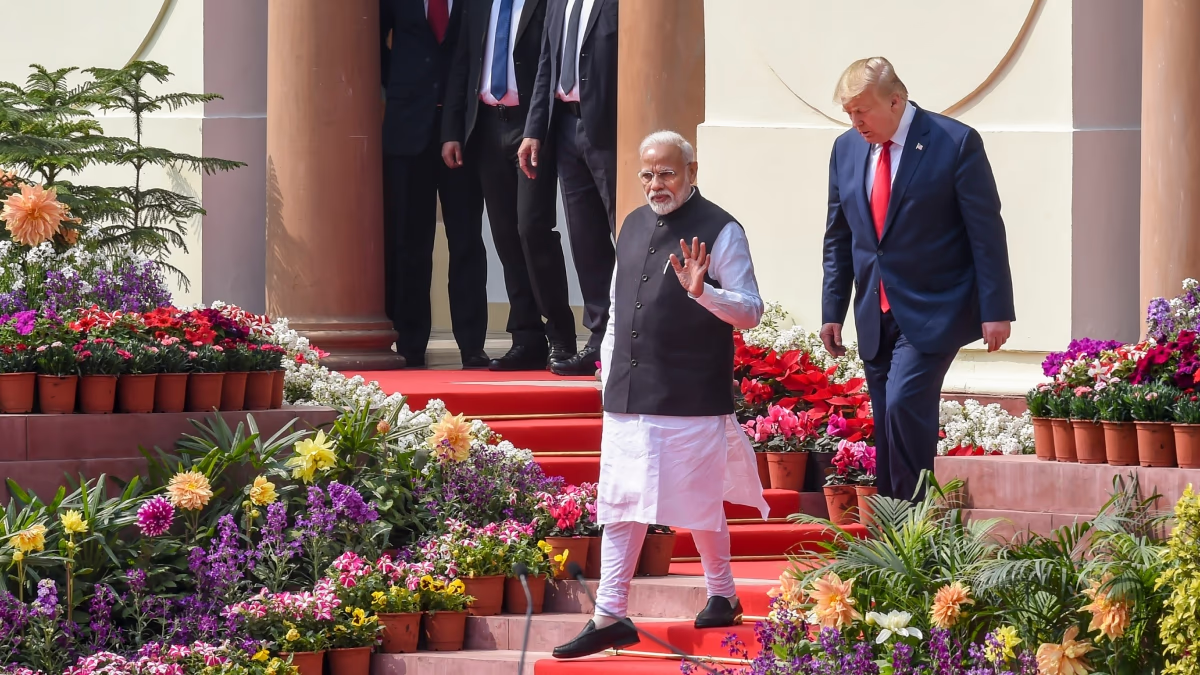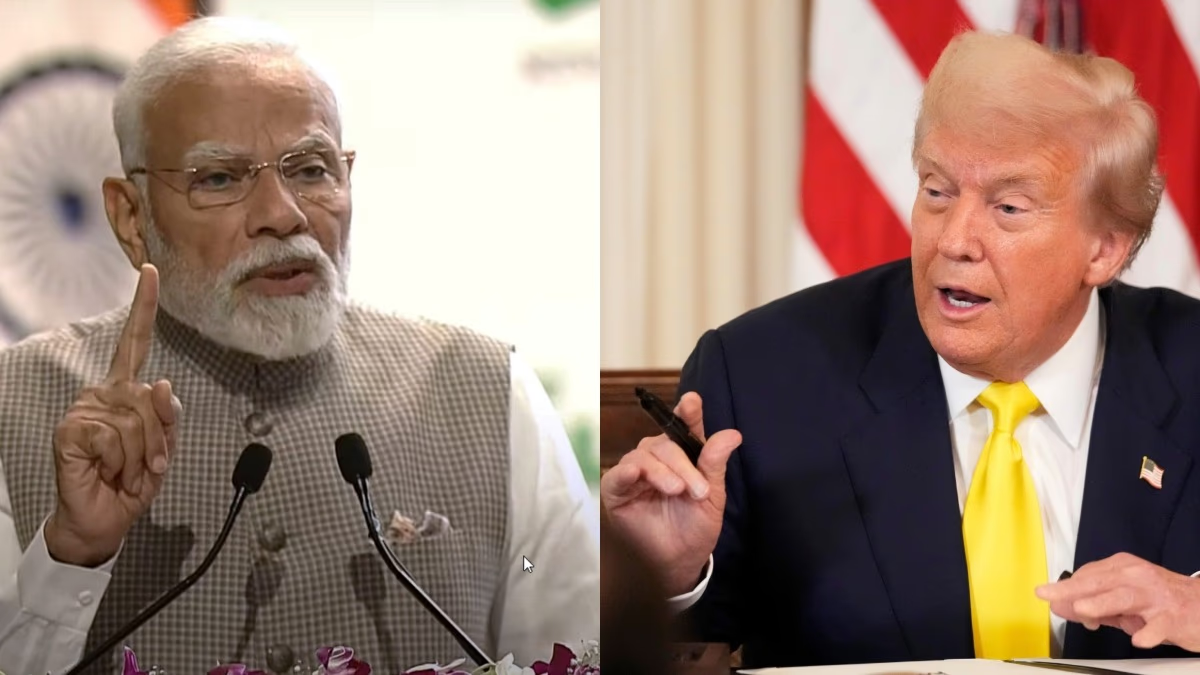The United States has already imposed a 25% tariff on India and has announced an additional 25% tariff effective from August 27. Economists express concern about the implications of these tariffs. Market expert Ajay Bagga warns of severe consequences for India's economy due to Trump's tariffs.
He indicates that a 50% tariff could lead to a $23 billion impact on India's GDP. Writing on social media platform X, Bagga mentions that the U.S. tariffs will significantly increase costs for Indian exporters. According to Bagga, the sectors poised to face the most challenges during peak season include auto equipment, textiles, jewelry, carpets, chemicals, and metals.
Economic Growth at Stake Due to Tariffs
He notes that handmade textile products, accounting for 35% of exports to the U.S., will see tariffs rise to 63.9% from August 27. Tariffs on carpets will rise to 58.9%. Bagga believes this could shave 0.3% to 0.6% off India's GDP, potentially resulting in a $23 billion loss. Job impacts are also a concern.
Goldman Sachs Shares Its Concerns!
Goldman Sachs indicates that the additional 25% tariff imposed by President Donald Trump on Indian imports could further strain India's economy. Related to India's crude oil imports from Russia, this decision might lead to a 0.3% drop in real GDP growth annually. The new tariffs could push the average tariff rate on Indian exports to around 32% in the U.S.

Source: aajtak
India's Export-Import Dynamics with the U.S.
During the fiscal year 2025, India exported goods valued at $86.5 billion to the U.S., while imports stood at $45.7 billion, with electronics, chemicals, pharmaceuticals, and textiles being major exports. The U.S. accounted for 4% of India’s crude oil imports, which increased to 8% during April and May 2025, though this remains modest compared to Russian contributions.
What Are India's Options?
Ajay Bagga suggests strategies for the Indian government to mitigate the impact of the U.S. tariff war. Reducing GST on consumer goods, providing subsidies for fuel and cooking gas, temporarily suspending short-term and long-term capital gains tax, enhancing trade facilitation, and smart funding for infrastructure are recommended measures.
Bagga emphasizes that India's 150 million consumer class is the highest tax-paying group globally, requiring immediate tax relief to stimulate spending.
Sectors Most Affected by Tariffs
Textiles:
With tariffs nearing 60%, value competitiveness is declining. MSMEs involved in knitwear, woven garments, and home textiles face existential threats.
Gems and Jewelry:
Tariffs rising from 2% to 52% make exports to the U.S. economically unviable.
Shrimp and Seafood:
Already grappling with high tariffs, Indian exporters now face a burden of 58%.
Pharmaceuticals:
Although currently exempt, future tariff inclusion could disrupt $8-11 billion in U.S. pharma exports from India.




